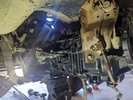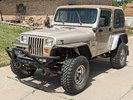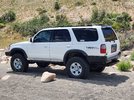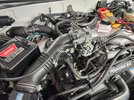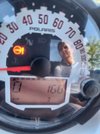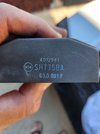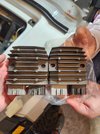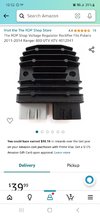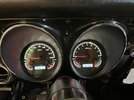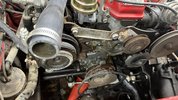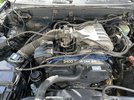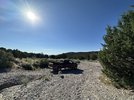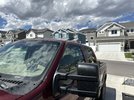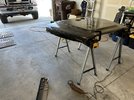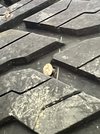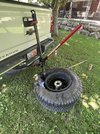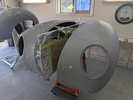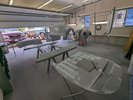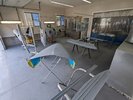For the $28 I paid plus shipping ($38) I won't be cutting glass myself nor traveling, nor paying to have it tempered.
We did make template as a secondary option if I couldn't find the glass premade but soon realized it's such a tight fit that just a few mm too large or small in any dimension and I'd have a fit refitting it. It was already hard enough reusing the old offset window seal.
I wouldnt try it myself as I haven't the tools to uniformly heat glass to 1100+°F and quench it correctly. Interesting to know one could have a custom piece tempered though. Might be a good option for SXS or buggy guys who want a glass windshield.
Hollywood has done a great disservice to the general public and their basic knowledge of auto glass. Windshields are never tempered, they are laminated annealed glass. There are two reasons for this: tempering glass often causes small distortions that impact optical clarity, and body retention. Tempered glass won’t stop you from flying through the windshield in an accident.
Modern side and rear auto glass are tempered safety glass, but they were also laminated back in the old days.
In short, an windshield for an buggy or sxs can be made by purchasing stock sizes of laminated sheet glass and cutting it to size. This only works with flat windshields. If you want a curved windshield, it gets FAR more complicated quickly.
You can cut down a curved windshield, but tempered glass cannot be cut. Actually, it can be cut, but you need to anneal the glass first, then retemper it after. I’ve only seen that happen one time. You basically need a glass tempering furnace to anneal tempered glass.
To temper glass, you need to heat it to a high temperature, then cool the outside surface about 500 degrees lower than the inside temp of the glass piece. This is easier with thicker glass than thin glass, because the larger mass of thick glass (1/2” or 3/8” thick) will retain the heat much longer.
The furnace uses ceramic rollers to load the glass into it. There are hundreds of air nozzles inside the furnace that blow air onto the glass after it’s heated. This is how we would cool the exterior surface quickly. With thinner glass, you need a LOT more air to cool it fast enough to reach the 500 degree threshold. We had a massive air tank installed just so we could temper that thinner glass. The air tank was about 10’ diameter and 60’ long. Everyone in the building had to wear hearing protection when we were tempering 1/8” glass because the sound of the air blowing into the glass was incredibly loud.
We had the largest tempering oven west of the Mississippi for a few decades. I think our max was 106”x144”.

